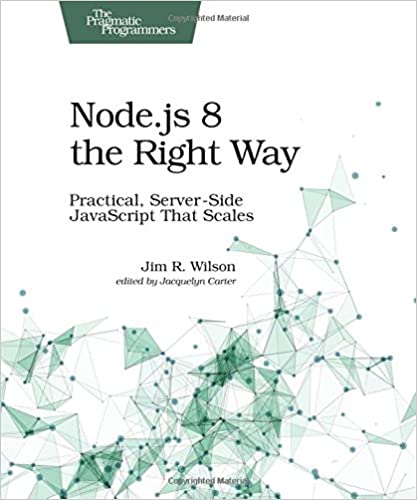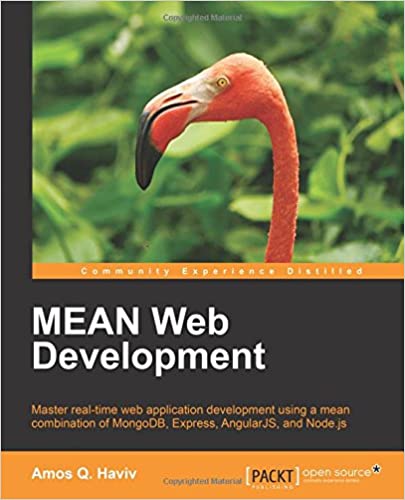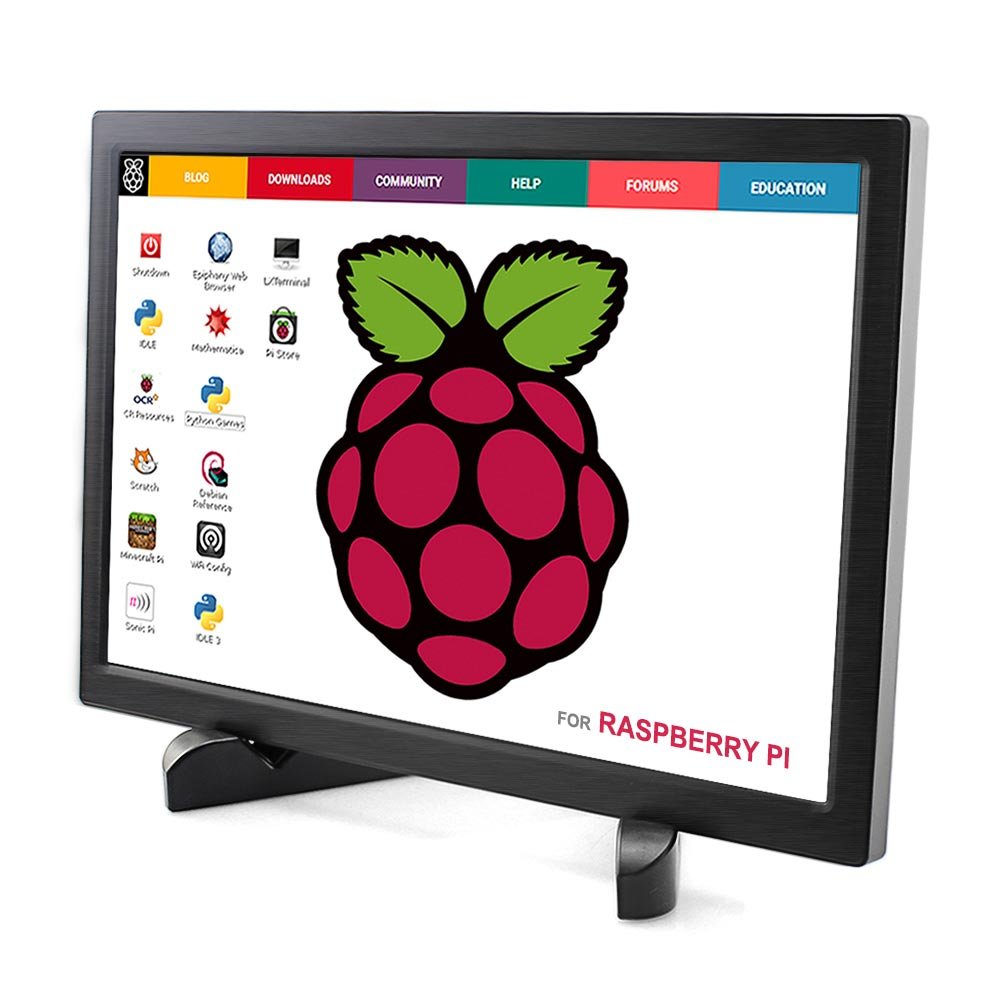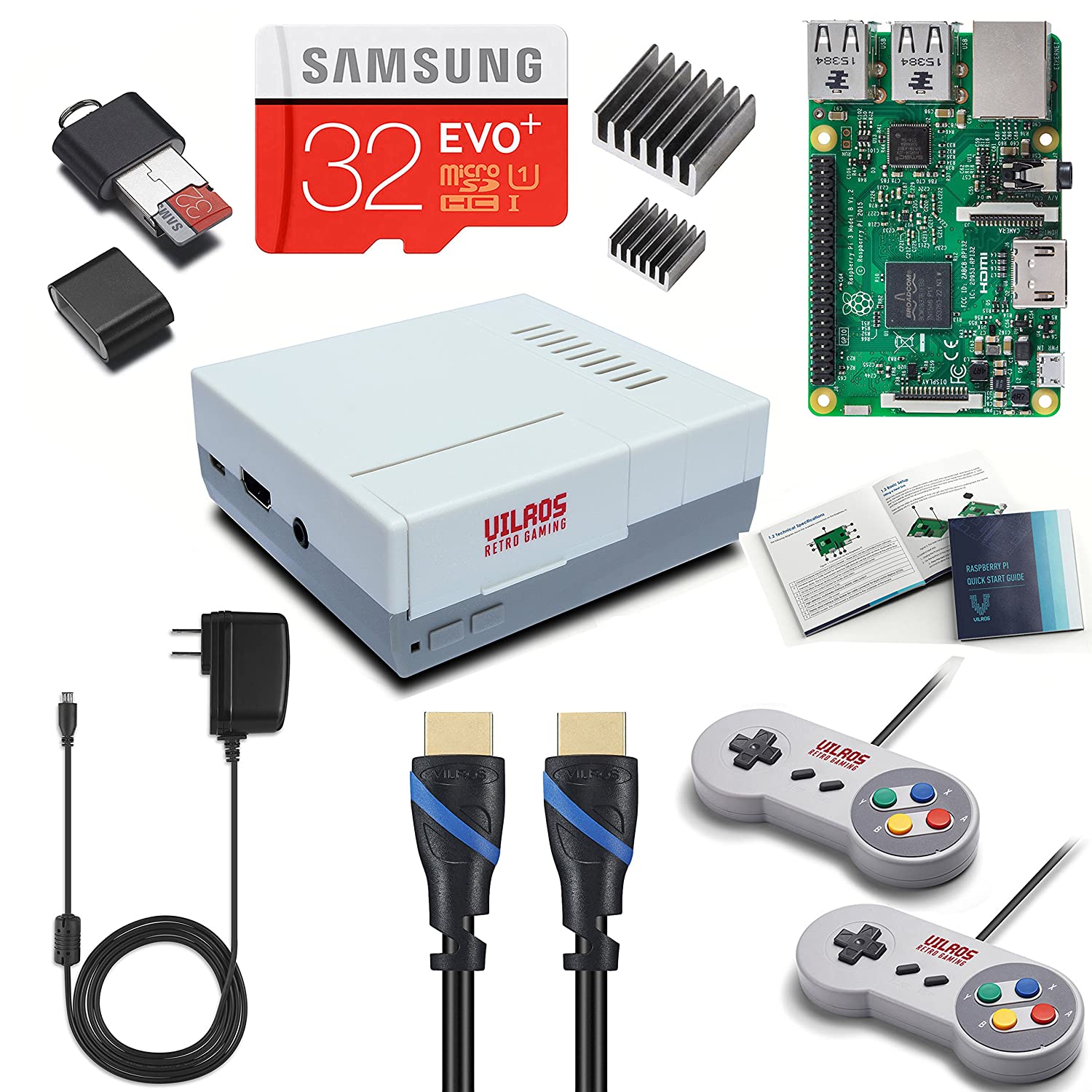; Date: Fri Jun 29 2018
Tags: SD Cards »»»» Removable Storage »»»»
SD Cards are convenient bits of storage you can slide in and out of computers, cameras, and the like, but their slow performance makes them unattractive for anything much. Plus SD cards are not exactly reliable, so anything put on a card can easily be lost. This week the SD Association announced an update to the SD Card standard, SD Express, that promises to solve the speed problems and stands to make SD cards more equal to SSD drives.
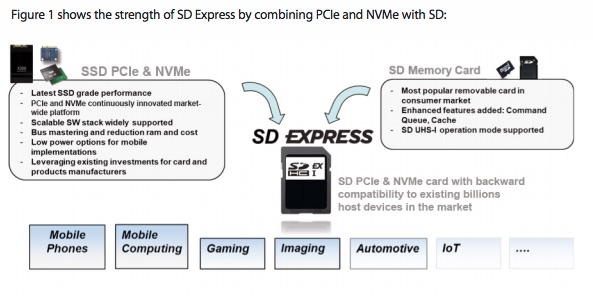
What's catching folks attention is the maximum of 128 terabytes of capacity in an SD card. That's a ridiculous amount of storage - the laptop I'm typing this on barely has 1.25 terabytes of storage, and that's a lot for a laptop. While it may seem as an insane amount of storage nobody would need, as they say in the embedded video (see below) new technologies are coming along that are ever more hungry for storage capacity.
I am expecting the 128 TB figure is a theoretical maximum that is unlikely to ever be implemented.
What's of more interest is the speed - 985 MB/second is a phenomenal speed, and may be implementable. That by itself would go a long way to fixing a huge problem with SD cards as they stand.
Typical digital camera owners aren't going to need this. Writing a photo to storage is already fast enough with existing cards to support several frames a second.
Where speed is highly desired is:
- Shooting high resolution video, especially 3D video (something the attached video discusses)
- Mass storage for embedded computers like the Raspberry Pi
- Mass storage for Chromebooks and similar portable computers
- Heck, Mass storage for regular laptops?
To get an idea of the capabilities let's take a look at the
white paper published by the SD Association
Basically, the idea is to take the venerable SD card format, and add in PCIe/NVMe interfaces. The image above gives a few details, as well as a list of potential uses. The video attached at the bottom gives a bit more.
This is the pinout for the SD Express cards. Regular SD cards implement the top row of pins. The second row of pins allows implementation of PCIe/NVMe interfaces.
This makes the throughput difference easier to grasp.
Because it uses PCIe/NVMe standard mass storage drivers will be able to interface with the cards.
Plugging an SD Express card into a traditional SD slot means the card will fall back to regular SD speed and capabilities. In other words, it is backwards compatible with existing equipment.
This chart shows the effect of putting an SD Express card into other slots. Namely, maximum performance falls to match the SD UHS104 spec.
The other thing to note here is the wording expected maximum performance. The white paper does not make this clear, but I'm expecting the performance claims are a matter of maximum theoretical performance, that might not be implementable by manufacturers.
Taking this at face value it's easy to envision a laptop computer where the primary storage is an SD Express card. This would have several advantages in flexibility - swapping the cards to swap operating systems - to swap between one operating environment and another - or to move the card to a new machine if the machine craps out.
But that presumes the manufacturers can actually implement the theoretical maximum throughput claimed in the press release.
Products are not available today - and until products (both the cards and the devices) are available it's difficult to evaluate the claims.
SD EXPRESS – A REVOLUTIONARY INNOVATION FOR SD MEMORY CARDS
SD Express integrates PCIe® and NVMe™ for up to 985 MB/sec transfer rate, while keeping compatibility with existing billions SD hosts in the market
SHANGHAI — Mobile World Congress Booth N2.C40 — June 27, 2018 — The SD Association announced today SD Express which adds the popular PCI Express® and NVMe™ interfaces to the legacy SD interface. The PCIe interface delivering a 985 megabytes per second (MB/s) maximum data transfer rate and the NVMe upper layer protocol enables advanced memory access mechanism, enabling a new world of opportunities for the popular SD memory card. In addition, the maximum storage capacity in SD memory cards grows from 2TB with SDXC to 128 TB with the new SD Ultra Capacity (SDUC) card. These innovations maintain the SDA’s commitment to backward compatibility and are part of the new SD 7.0 specification.
“SD Express’ use of popular PCIe and NVMe interfaces to deliver faster transfer speeds is a savvy choice since both protocols are widely used in the industry today and creates a compelling choice for devices of all types,” said Mats Larsson, Senior Market Analyst at Futuresource. “The SD Association has a robust ecosystem with a strong history of integrating SD innovations and has earned the trust of consumers around the world.”
SD Express keeps pace with growing performance levels of mobile and client computing, imaging and automotive as they adopt faster communication and embedded storage protocols designed to make processing data faster.
“With SD Express we’re offering an entirely new level of memory card with faster protocols turning cards into a removable SSD,” said Hiroyuki Sakamoto, SDA president. “SD 7.0 delivers revolutionary innovations to anticipate the needs of forthcoming devices and content rich and speed hungry applications.”
“PCI-SIG is pleased to have teamed with the SDA to collaborate on this innovation for the world’s leading removable memory card – SD,” said Al Yanes, PCI-SIG president and chairman. “PCIe specification conformance tests are available today by major test vendors, offering a significant advantage for any new PCIe adopter.”
SD Express delivers speeds necessary to move large amounts of data generated by data-intense wireless communication, super-slow motion video, RAW continuous burst mode and 8K video capture and playback, 360 degree cameras/videos, speed hungry applications running on cards and mobile computing devices, ever evolving gaming systems, multi-channel IoT devices and automotive to name a few. SD Express will be initially offered on SDUC, SDXC and SDHC memory cards.
“NVMe is the industry-recognized performance SSD interface from the client to the datacenter, shipping in millions of units,” said Amber Huffman, NVM Express™ Inc. president. “Consumers will benefit by SD Association adopting the NVMe specification for their new SD Express cards.”
SD Express uses the well-known PCIe 3.0 specification and NVMe v1.3 protocols defined by PCI-SIG® and NVM Express, respectively, on the second row of pins used by UHS-II cards today. By relying on successful protocols already in the marketplace, the SDA gives the industry an advantage allowing utilization of existing test equipment and saving in development process by usage of existing building blocks used in existing designs. These cards also provide system developers new options offered by PCIe and NVMe capabilities, such as Bus Mastering, Multi Queue (without locking mechanism) and Host Memory Buffer. A new video explains more about SD Express.
The SDA released visual marks to denote SD Express and SDUC memory cards for easy matching with devices’ recommendation for the best SD memory card for optimal performance.
SDUC card examples:
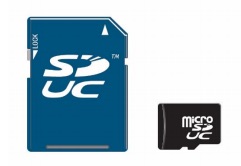
SD Express memory card examples:
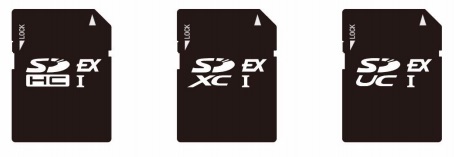
A new white paper, “SD Express Cards with PCIe and NVMe Interfaces,” provides more details on the new capabilities and features found in the SD 7.0 specification. More information is available on our website.
Find the SD Association at Mobile World Congress Shanghai in Booth N2.C40, June 27-29, 2018, in the Shanghai New International Expo Centre (SNIEC) Shanghai, China.
SD Association
The SD Association is a global ecosystem of nearly 900 technology companies charged with setting interoperable SD standards. The Association encourages the development of consumer electronic, wireless communication, digital imaging and networking products that utilize market-leading SD technology. The SD standard is the number one choice for consumers and has earned more than 80 percent of the memory card market with its reliable interoperability and its easy-to-use format. Today, smart phones, tablets, drones, IoT devices, HDTVs, audio players, automotive systems, computers, digital cameras and digital video cameras feature SD interoperability. For more information about SDA or to join, please visit the Association’s website,
https://www.sdcard.org. SD Logos are trademarks licensed by SD-3C LLC.
PCI-SIG
PCI-SIG is the consortium that owns and manages PCI specifications as open industry standards. The organization defines industry standard I/O (input/output) specifications consistent with the needs of its members. Currently, PCI-SIG is comprised of nearly 800 industry-leading member companies. To learn more about PCI-SIG, and for a list of the Board of Directors, visit
www.pcisig.com. PCI Express® is a registered trademark of PCI-SIG.
PCIe® - PCI Express, is a standard developed by PCI-SIG® and PCIe® is a trademark owned by PCI-SIG®
NVMe™ - NVM ExpressTM, is a standard developed by NVM Express Inc. and NVMe™ is a trademark owned by NVM Express Inc.



